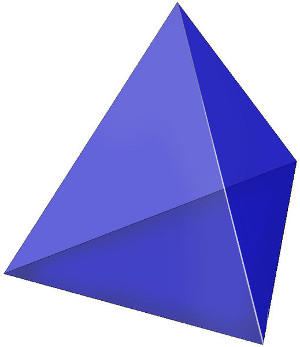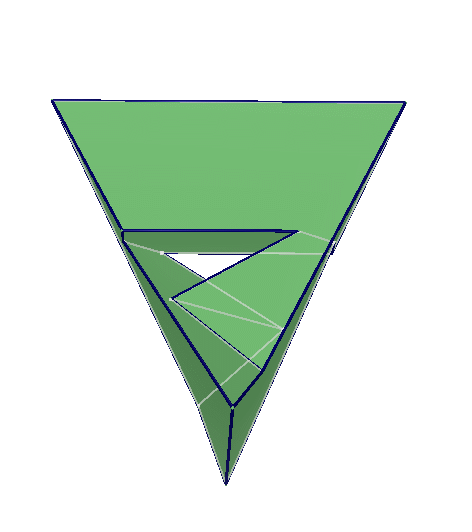
In the humble tetrahedron, each face shares an edge with each other face. Surprisingly, there’s only one other known polyhedron in which this is true — the Szilassi polyhedron, discovered in 1977 by Hungarian mathematician Lajos Szilassi:

If there’s a third such creature it would have 44 vertices and 66 edges, and no one knows whether such a shape could even be contrived. It remains an unsolved problem.
